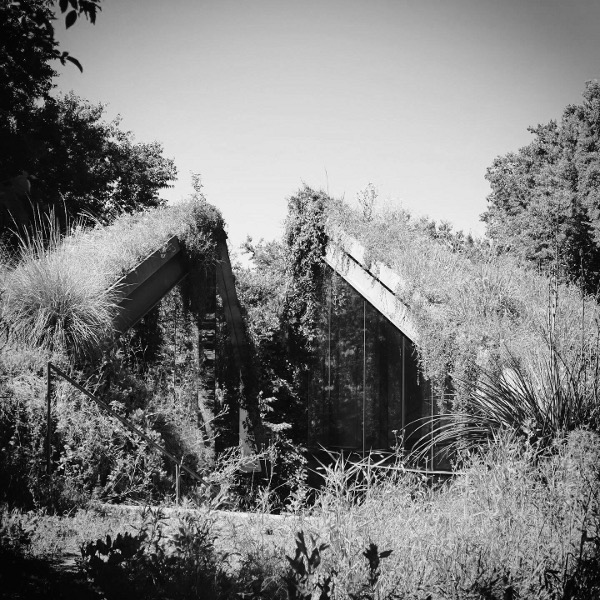
.
All content included on this site such as text, graphics and images is protected by U.S and international copyright law.
The compilation of all content on this site is the exclusive property of the site copyright holder.
I like plants, all kinds of plants be they natives or exotics, all plants from trees, shrubs, groundcovers, bulbs, perennials, annuals. Which means I enjoy all sorts of gardens, be they large formal gardens that employ staff to modest cottage gardens, small city gardens, even window boxes and flower pots. Then, there are always places where plants have their natural home, from forest to meadow, mountainside or dessert. But the plants don't care about what people like. They also grow in the places where some project - a building, a roadway, something - was started and then abandoned, deserted, discarded, left empty, neglected, rejected. Have you ever noticed such a place, and wondered how the plants came to grow, the insects, birds, and animals formed this ecosystem?

Living in Texas. A lawyer. A science fiction author. An observer of the ramshackle dilapidated world around where he built his home, surprised one night by a gray fox trotting down the street then transiting under the chain link fence that keeps people and vehicles away. Looking into the remnants of nature, not exactly. More like seeing what he is looking at. Other people use these places but in different wise - his daytime field walks turn up used condoms and hypodermic needles.
A Natural History of Empty Lots reads rather like an autobiography. Stories of his ancestral family who came from abroad. Just as people immigrated, so too have plants that were either intentionally or accidentally brought here. Some aggressively out-compete the natives. What he learned from the landscape in Iowa as a boy, at one point in his day to day time travel, at a different point as an adult. In the 1980s his mother restored to oak savanna some heavily wooded, mostly useless for farming Iowa land by burning it over. Can we demand a return to what once was? Should we? Is that even possible?
Christopher Brown and his family built a home, Edgeland House, in Austin, Texas. They established
a prairie based green roof on top of their home. It takes maintenance: hand pulling non-native "weeds"
in earlier years. After that, he tried using what sounds like the Flaming Dragon weed burner. And once
the prairie roof was established, with all its companion insect life - using only the intimate hand pulling.
Intimate observations of insects mating, laying eggs, hatching, pupating. Outdoors. Indoors.
Bugs. Birds and bats that feed on them. Lizards and . . . coral snakes and black widow spiders too.

A path leads up to Edgeland House, with living quarters on one side, bedrooms on the other.

Approach more closely, for a better view of the two pavillions and green roof prairie.

At night, with the same appeal as a campfire's light.
Reading this book is like joining Christopher Brown on his journey of exploration. There is no index, but then, this is not a botany or gardening book. There are a few, less than full size black and white images. Since the book is printed on uncoated paper they are not as sharp as they would be on coated stock. His last name should be Green. It is a splendid read.
Why we sing about God Bless the Grass And perhaps why Christopher Brown wrote "A Natural History of Empty Lots."
A Natural History of Empty Lots
by Christopher Brown
photography by Christopher Brown
published by Timber Press
ISBN: 978 1 64326 336 6, hardcover, $30.00
A review copy of this book was provided by the publisher
Back to November
Back to Book Reviews-2024
Back to the main Diary Page